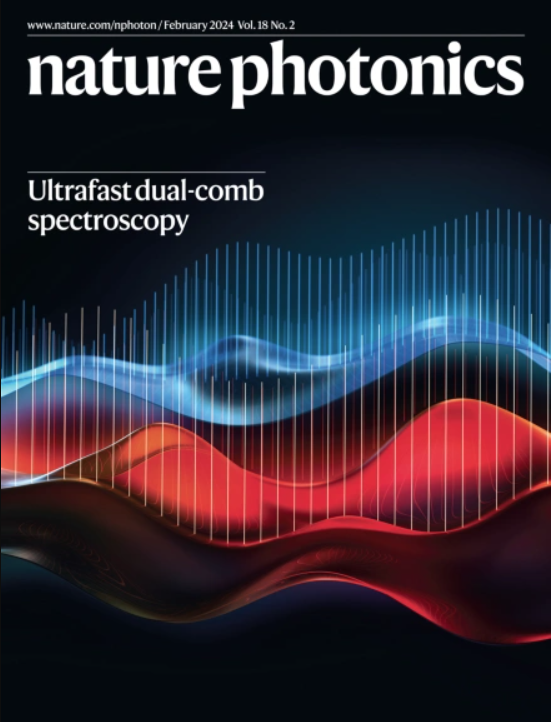新兴光子学用于心血管健康
IF 32.9
1区 物理与天体物理
Q1 OPTICS
引用次数: 0
摘要
心血管疾病是全球主要的死亡原因,包括心脏病发作、中风和冠状动脉疾病。虽然传统的光子技术,如血管造影、计算机断层扫描和激光消融长期用于心血管疾病的诊断和治疗,但新的创新正在改变这一领域。新兴的光子技术,如光声成像、光学可穿戴传感器、即时检测和光遗传控制,提供了非侵入性、高分辨率和高通量成像以及精确的治疗干预。这篇综述强调了这些光子技术在心血管疾病治疗中的广泛应用,讨论了它们提高精度和结果的潜力。它还解决了将这些创新融入临床实践的挑战,重点关注小型化和人工智能集成等趋势。这些进步将彻底改变心血管疾病的管理并减轻其全球负担。本文章由计算机程序翻译,如有差异,请以英文原文为准。

Emergent photonics for cardiovascular health
Cardiovascular disease (CVD) is the leading global cause of death, encompassing heart attacks, strokes and coronary artery disease. While traditional photonic technologies such as angiography, computed tomography and laser ablation have long been used for CVD diagnosis and treatment, newer innovations are transforming the field. Emerging photonic technologies such as photoacoustic imaging, optical wearable sensors, point-of-care testing and optogenetic control offer non-invasive, high-resolution and high-throughput imaging along with precise therapeutic interventions. This Review highlights the broad applications of these photonic technologies in CVD care, discussing their potential to enhance precision and outcomes. It also addresses the challenges of integrating these innovations into clinical practice, focusing on trends including miniaturization and AI integration. These advancements are poised to revolutionize CVD management and reduce its global burden. The broad applications of emerging photonic technologies, such as photoacoustic imaging, optical wearable sensors, point-of-care testing and optogenetic control, in cardiovascular disease care are reviewed, together with the challenges of integrating these innovations into clinical practice.
求助全文
通过发布文献求助,成功后即可免费获取论文全文。
去求助
来源期刊

Nature Photonics
物理-光学
CiteScore
54.20
自引率
1.70%
发文量
158
审稿时长
12 months
期刊介绍:
Nature Photonics is a monthly journal dedicated to the scientific study and application of light, known as Photonics. It publishes top-quality, peer-reviewed research across all areas of light generation, manipulation, and detection.
The journal encompasses research into the fundamental properties of light and its interactions with matter, as well as the latest developments in optoelectronic devices and emerging photonics applications. Topics covered include lasers, LEDs, imaging, detectors, optoelectronic devices, quantum optics, biophotonics, optical data storage, spectroscopy, fiber optics, solar energy, displays, terahertz technology, nonlinear optics, plasmonics, nanophotonics, and X-rays.
In addition to research papers and review articles summarizing scientific findings in optoelectronics, Nature Photonics also features News and Views pieces and research highlights. It uniquely includes articles on the business aspects of the industry, such as technology commercialization and market analysis, offering a comprehensive perspective on the field.
 求助内容:
求助内容: 应助结果提醒方式:
应助结果提醒方式:


